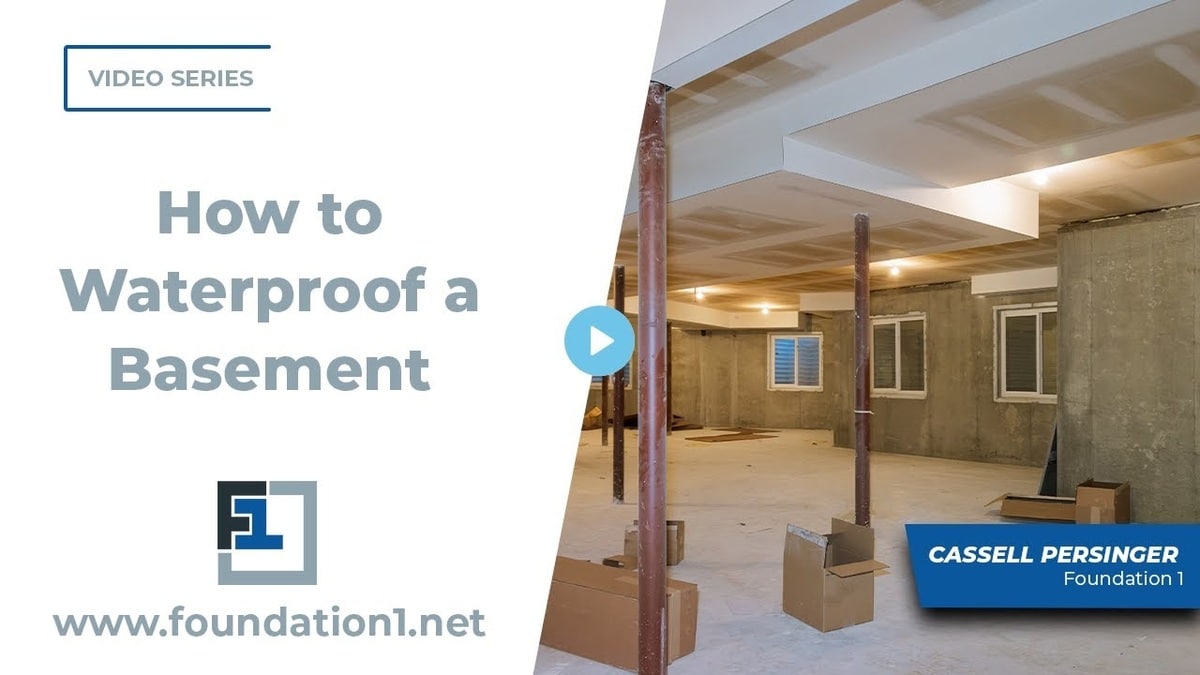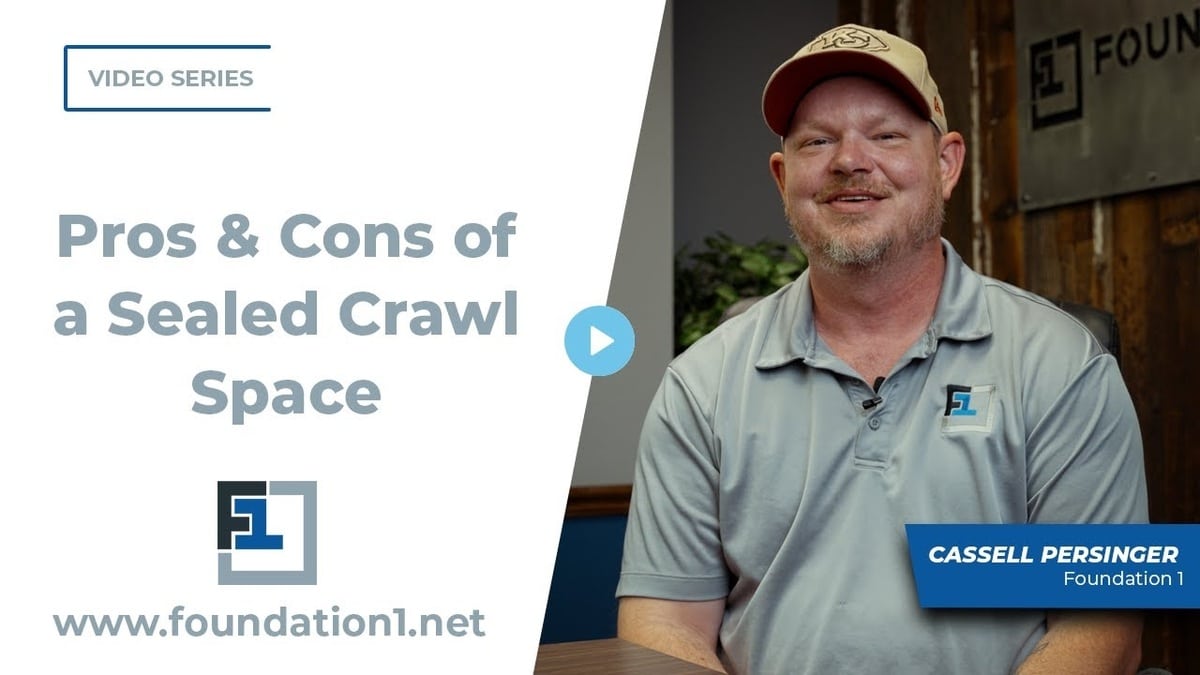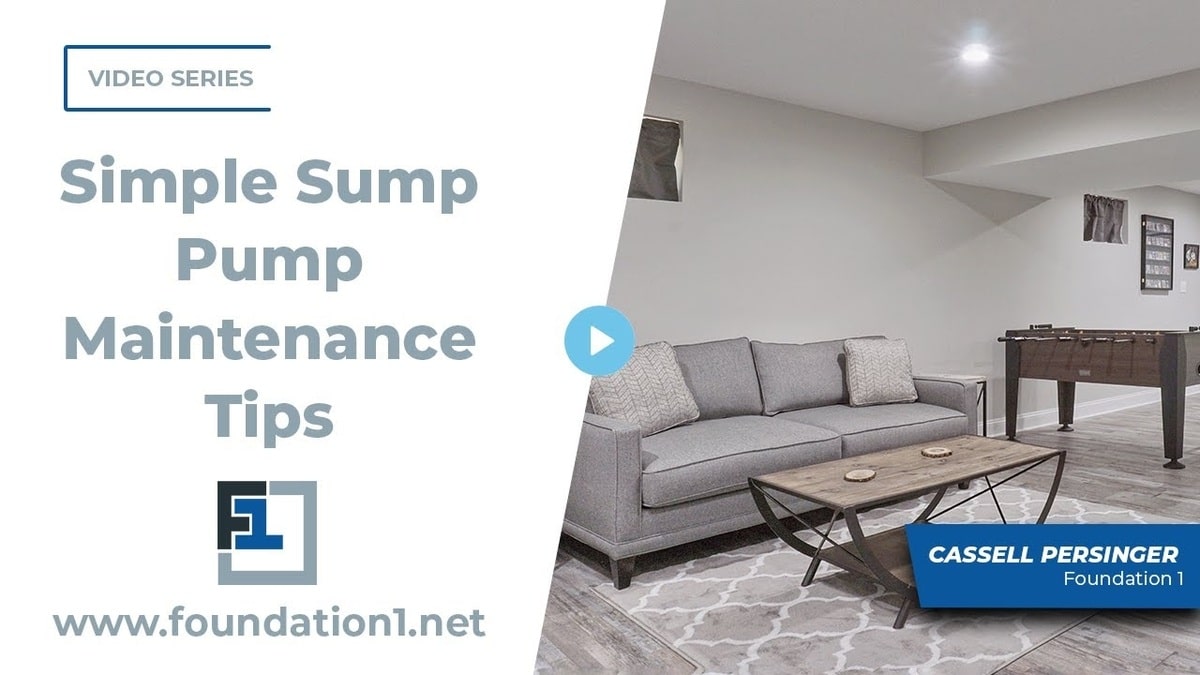Water in a basement causes damp air, musty smells, and can ruin walls and storage. When you learn how to waterproof a basement, you protect the home from bigger and more costly problems. It also helps keep the space clean and dry all year.
The right plan depends on where the water comes from and how much moisture you see. Some fixes keep water out. Others move it away after it enters. In this guide, we explain the main options and which ones last.
What is the Best Way to Waterproof a Basement?
Exterior waterproofing is the most effective. By keeping water out before it touches the wall, you protect the foundation at the source. It does require digging, but the results are worth it.
Exterior waterproofing can include:
- Drain lines along the base of the foundation
- Soil sloped away from the home
- Protective coatings are applied to the wall
Pro Tip: If you’re planning yard or foundation work, add waterproofing then. It saves labor and costs.
Are Interior Waterproofing Options Useful?
Interior work manages water after it enters. It doesn’t stop outside pressure, but it can keep the space drier.
Using a Sump Pump in the Basement
A sump pump collects water and moves it out. It helps, but only in its section of the basement. We often see water come in across the room while the pump corner stays dry. That usually means poor drains or grading outside.
Interior Drain Tile Systems
Drain tiles sit along the inside wall. They guide water toward the sump pump. This helps reduce pooling, but does not keep the wall itself from staying wet.
What Causes Basement Water Problems?
Most basement leaks start outside. The biggest issues are:
- Poor grading: Soil slopes back toward the home.
- Clogged or missing footing drains: Water gathers against the wall.
- Failing gutters or downspouts: Rain falls right at the foundation.
Key Takeaway: Fixing outside drainage first often solves the problem.
How Much Does It Cost to Waterproof a Basement?
Costs change based on method:
- Exterior waterproofing: Higher up front but longer-lasting.
- Interior systems: Lower up front, less digging, but need more upkeep.
Need expert help with waterproofing a basement? Contact Foundation 1 for a free consultation. We’ll find the best fit for your home.
Which Waterproofing Method Lasts the Longest?
Exterior systems almost always last longer. They stop water before it gets in.
Interior systems, like sump pumps and drain tiles, can last for years, but pumps wear out and drains clog. They need more checks and care.
In Summary
Knowing how to waterproof a basement lets you protect your home from leaks, damp air, and wall damage. Exterior work prevents water at the start. Interior systems help manage what gets in.
We’ve seen how much this improves air, comfort, and wall strength. Don’t wait until the water damage spreads.
Contact Foundation 1 today for a free consultation and protect your basement with the right waterproofing solution.




